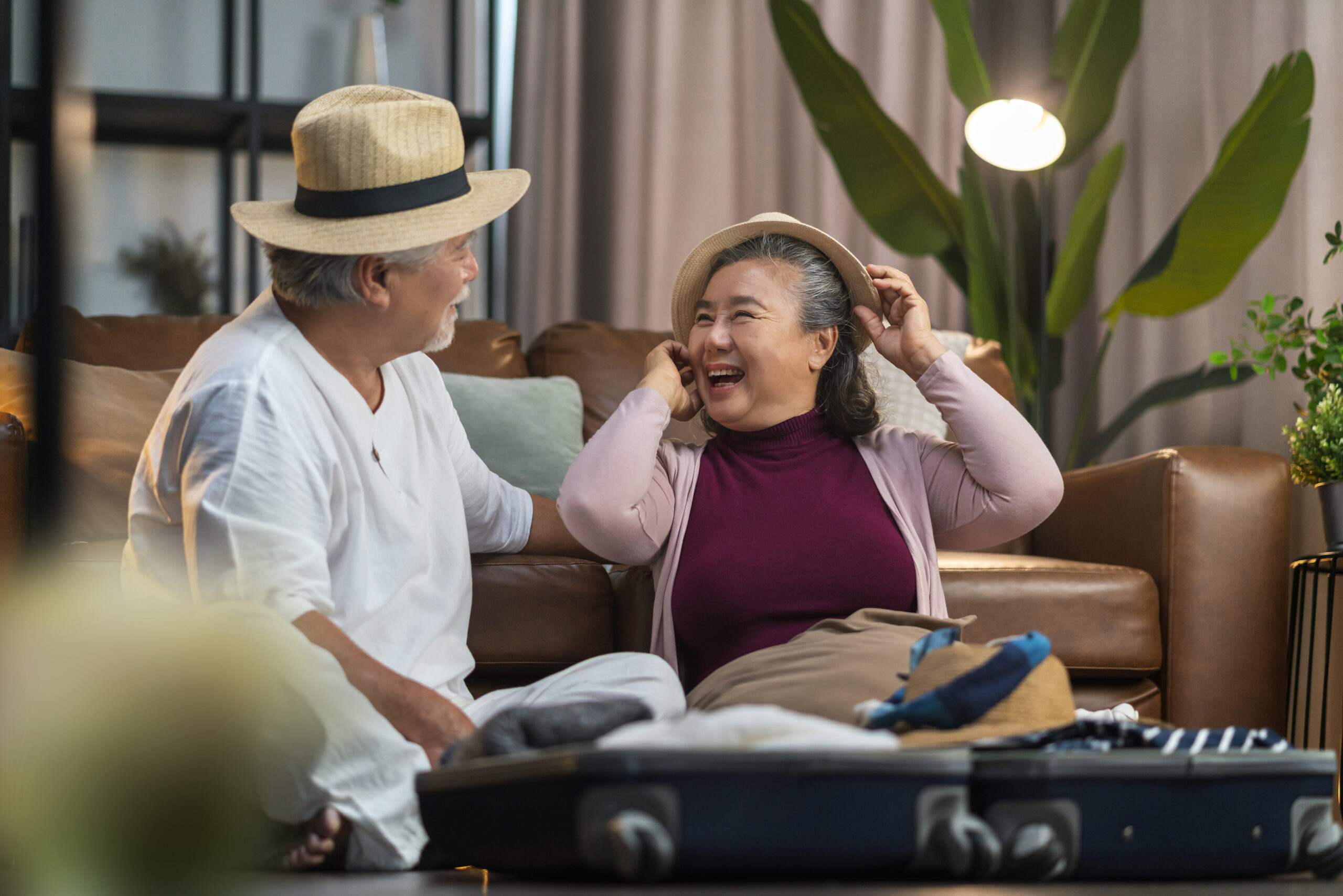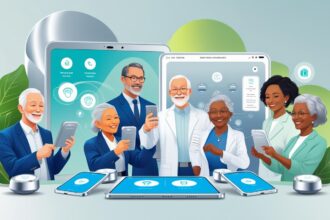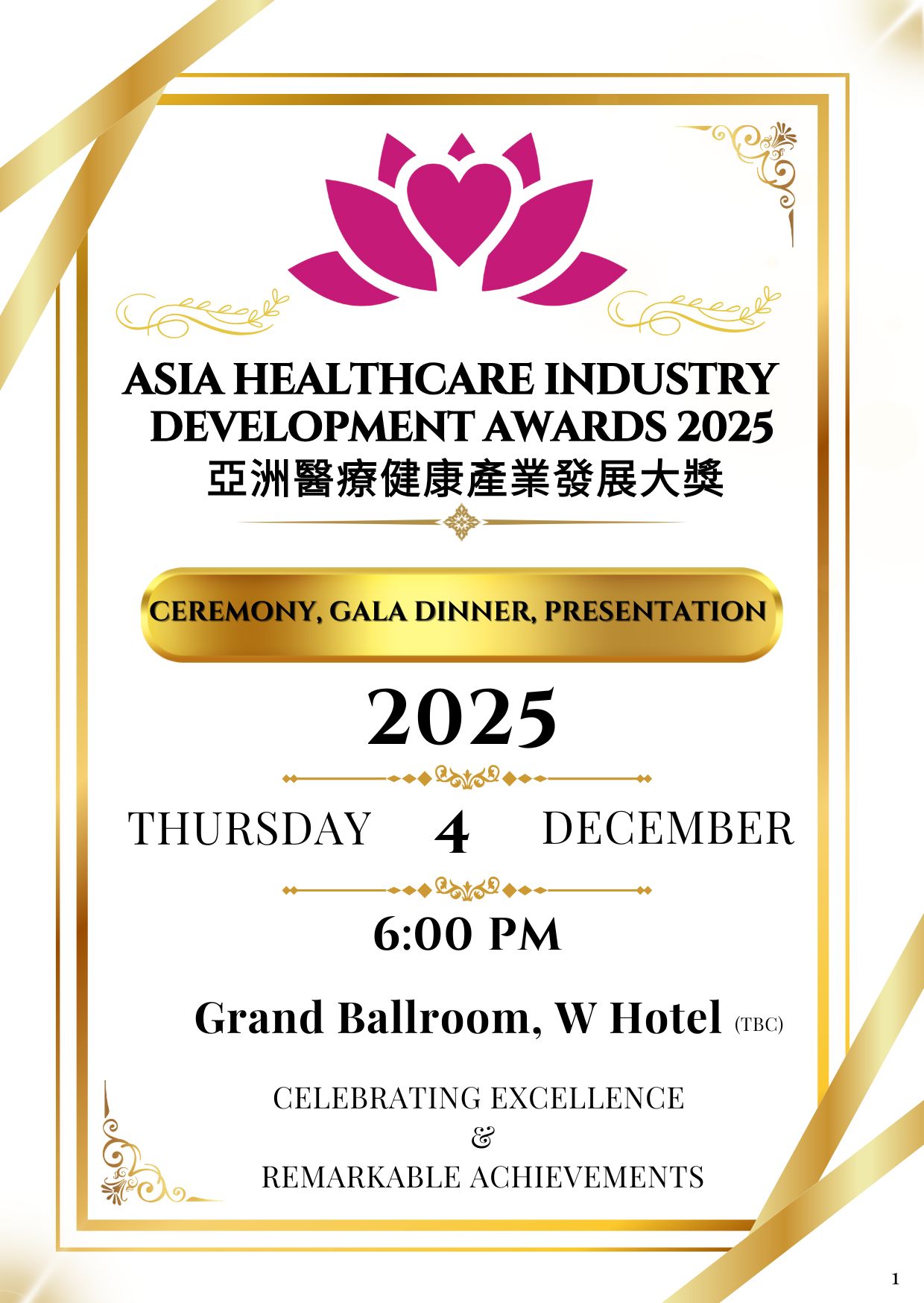In a world where longevity is the new norm, traditional notions of aging are rapidly being upended. The once-linear path from career to retirement has morphed into something far more dynamic: an era of reinvention for older adults who are healthier, wealthier, and more engaged than any previous generation. For businesses, this represents more than just a demographic shift—it’s a seismic market opportunity.
Redefining “Old”: The Rise of the Active Ager
The global population aged 60 and above is expected to more than double by 2050, reaching 2.1 billion, according to the United Nations. But age is no longer a reliable metric for consumer behavior. Today’s seniors are running marathons, launching startups, embracing digital life, and actively pursuing new hobbies. They reject the label “old” and instead view this phase as a time of exploration and vitality.
This evolution has given birth to the “active ager”—a consumer segment defined not by age, but by mindset, lifestyle, and ambition. Businesses that continue to paint this group with outdated stereotypes will be left behind. The silver economy is no longer about catering to decline—it’s about enabling growth.
The Economic Power of the Silver Wallet
Older adults now control more than 70% of disposable income in many developed countries. In the United States alone, adults over 50 contribute $8.3 trillion to the economy each year. In Asia, rapid aging in countries like Japan, South Korea, and China is reshaping industries from finance to fashion.
Yet, despite this enormous spending power, many companies remain fixated on younger demographics. That’s a mistake. Active agers are not just consumers—they are investors, influencers, entrepreneurs, and connectors. They value quality, brand integrity, and meaningful experiences—and they’re willing to pay for them.
Industries Poised for Silver Transformation
1. Health and Wellness: Active agers seek proactive health solutions, from personalized supplements to wearable tech that monitors fitness and sleep. Mental health, mindfulness, and brain-training apps are also gaining traction.
2. Travel and Leisure: The appetite for adventure does not fade with age. Experiential travel, eco-tourism, and solo excursions are being reimagined for this group. Luxury travel brands are noticing an uptick in bookings from retired couples and groups of silver solo travelers.
3. Financial Services: This generation is digitally savvy and expects on-demand access to financial advice, retirement planning, and investment management. Wealth transfer and legacy planning also present key opportunities.
4. Home and Lifestyle: Aging in place is a priority. From smart home devices that enable independent living to ergonomic furniture and universal design, innovation is critical.
5. Education and Reskilling: Lifelong learning is thriving. Whether it’s taking online courses in philosophy or learning to code, active agers are investing in cognitive growth and professional reinvention.
Marketing to the Active Ager: Nuance Required
One of the biggest mistakes brands make is marketing to older consumers instead of with them. Patronizing tones, generic imagery, and assumptions about technology adoption fall flat.
Instead, successful campaigns highlight empowerment, experience, and continued relevance. Featuring real older consumers, speaking in aspirational terms, and leveraging platforms they use—like YouTube, Facebook, and even TikTok—can make all the difference.
Emotional intelligence is key. This group values authenticity, peer recommendations, and purpose-driven messaging. Inclusivity in age, ability, and lifestyle should be woven into every brand touchpoint.
B2B Implications: Where the Real Opportunity Lies
For B2B companies, the silver economy opens up a new frontier. Whether you’re in manufacturing, tech, logistics, or services, here’s where to look:
- Product development: Work with healthcare companies, design firms, and material suppliers to create age-adaptive innovations.
- Retail technology: Offer analytics and personalization tools that help B2C brands better segment and target silver customers.
- Consulting and training: Provide market research, age-positive communication workshops, and generational marketing strategies.
- Human capital solutions: Many older adults are extending their careers or starting new ones. Platforms that support flexible work, reskilling, and mentorship offer fertile ground.
Success Stories: Reinventing with the Market
Companies that are leading the charge in this space are those that have dared to think differently:
- L’Oréal launched a campaign featuring 70+ brand ambassadors, leading to a significant boost in engagement from women aged 60 and over.
- Nike introduced fitness programming for older adults, partnering with gyms and wellness influencers over 50.
- Amazon expanded accessibility features and partnered with elder tech startups to roll out voice-powered assistance tailored for older users.
These brands demonstrate that when businesses respect and reflect the values of active agers, loyalty follows.
Conclusion: The Future is Ageless
Aging isn’t the end of the road—it’s the start of a new journey. From a business perspective, the active aging market isn’t just another segment—it’s a revolution. Companies willing to listen, learn, and innovate for this expanding audience will unlock not only new revenue but a more inclusive, vibrant brand legacy.
It’s time to stop viewing aging as a problem to solve and start seeing it as a market to serve. Reinvention isn’t just for retirees—it’s a call to action for forward-thinking businesses.









